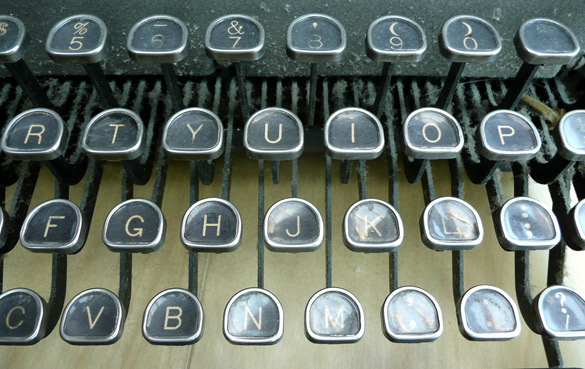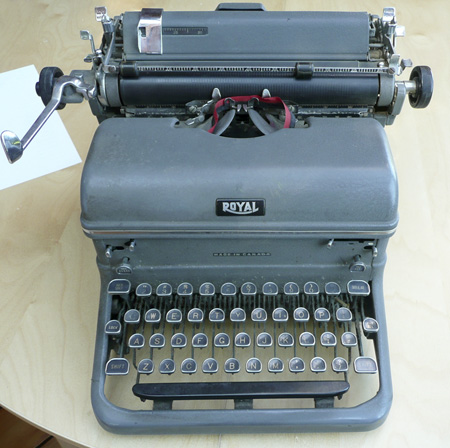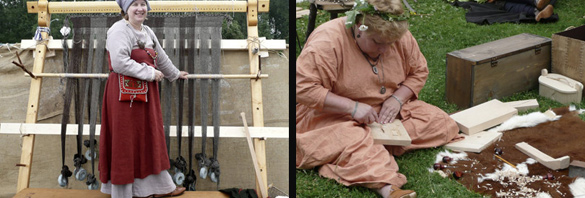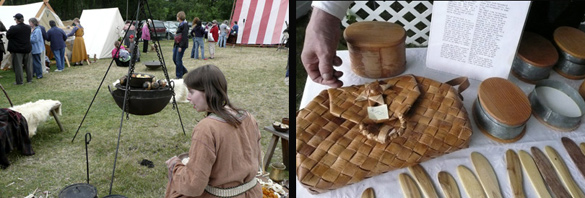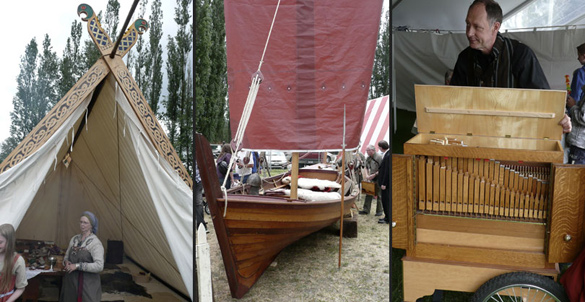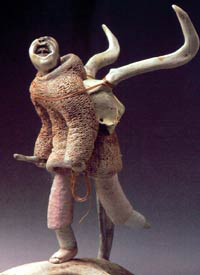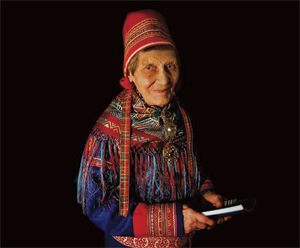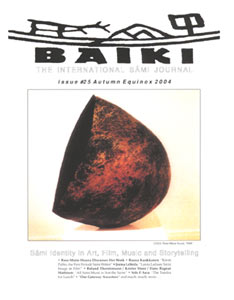DNA study in BC
A groundbreaking genetic study led by a team of U.S. and Canadian anthropologists has traced a direct DNA link between the 5,500-year-old remains of an aboriginal woman found on a British Columbia island, a second set of ancient female bones from a nearby 2,500-year-old site and — most stunningly — a living Tsimshian woman from the Metlakatla First Nation, located close to both of the prehistoric burials along B.C.’s North Coast near the city of Prince Rupert.
The findings are the first of their kind to be generated using powerful new techniques to analyze the complete mitochondrial genome of the individuals studied, reconstructing a millennia-spanning line of maternal descent and providing remarkable new evidence of a people’s enduring occupation of a specific geographical area.
The scientific achievement is also seen to have significant implications for First Nations’ land claims and treaty rights, giving aboriginal groups a powerful new tool for demonstrating deep-rooted links between the present and hyper-distant past.
Read more in the Vancouver Sun. If unable to view as a non-subscriber, try the original source here. I had first seen this referenced in Archaeology.org which has a link to what may be the original article.
To me, this is exciting and fascinating news. Imagine some day having this new DNA research technology available to anyone to find one’s own roots from thousands of years ago. I wonder where my maternal ancestors came from?
